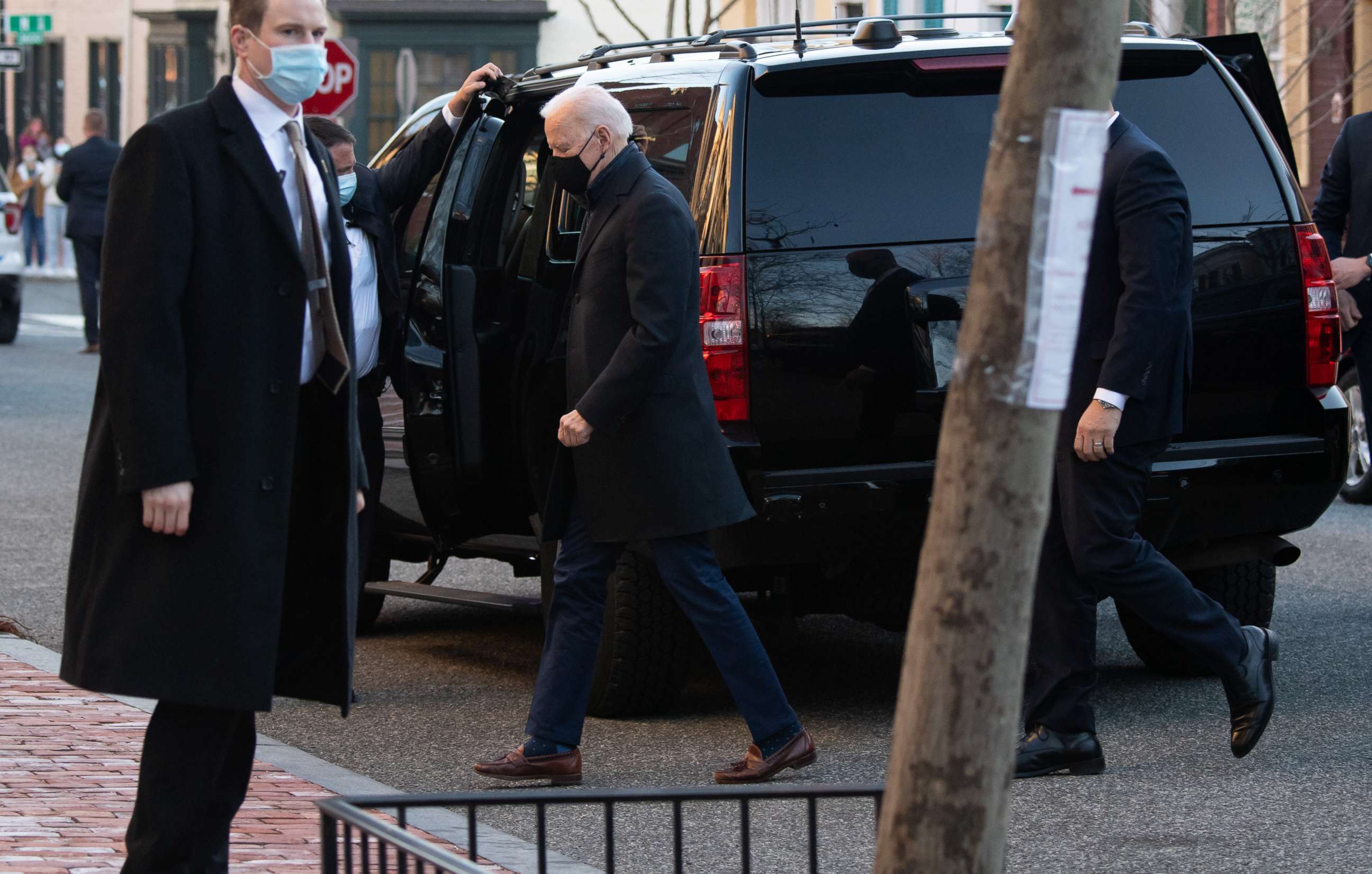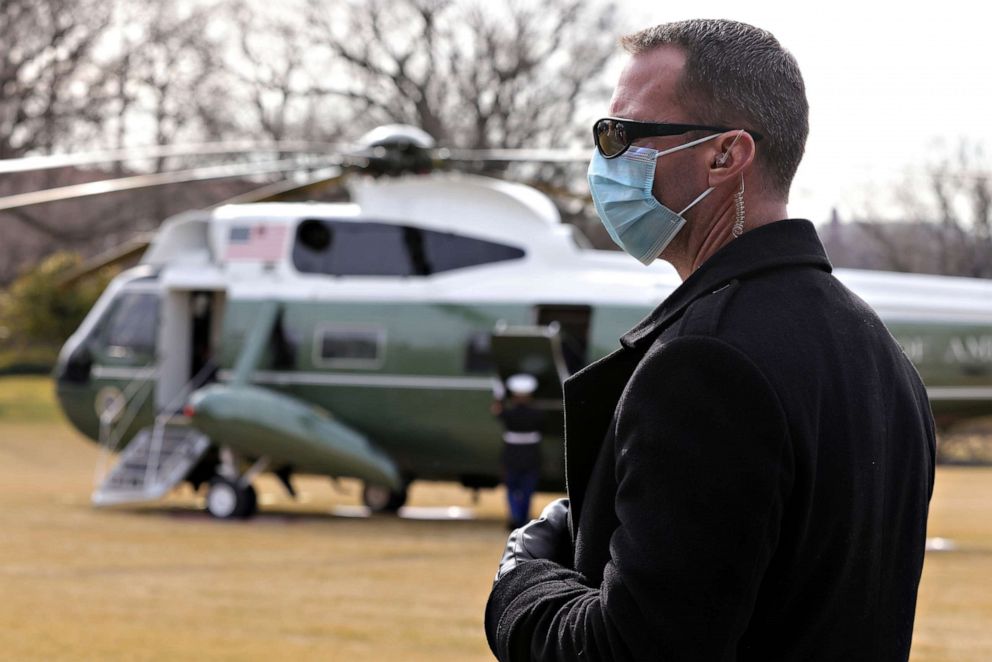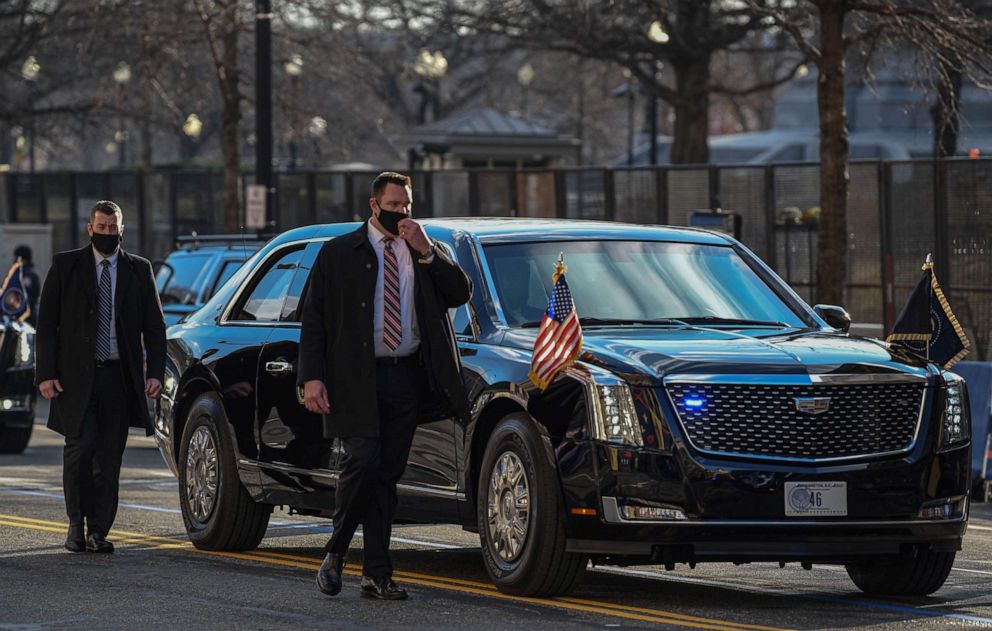How the Secret Service maintains safety when the president addresses Congress: ANALYSIS
Security is heightened after the Jan. 6 riot.
President Joe Biden's address to a joint session of Congress Wednesday evening takes place against the backdrop of the Jan. 6 riot at the Capitol and the continuing threat from domestic and international violent extremist groups -- heightening the security posture.
Since the year 2000, the presidential address has been designated a National Special Security Event (NSSE), which makes the U.S. Secret Service the lead agency responsible for security planning during the president’s visit to Capitol Hill. This year, amid the backdrop of asymmetrical threats, the planning must be perfect.

The Secret Service was given the important role of security coordination after former President Bill Clinton issued a directive in 1998 that established the framework for federal department and agency counterterrorism programs and designated lead agencies in the event of terrorist attacks. The Secret Service was designated the lead agency for the planning, implementation and coordination of operational security for events of national significance -- as designated by the president.
The entire security umbrella for the president’s address is coordinated by the Secret Service in conjunction with the Capitol Police and other federal, state and local agencies.
Prior to the establishment of the Department of Homeland Security, the president determined which events of national significance were designated as National Special Security Events. Since the establishment of the department, the DHS Secretary -- as the president’s representative -- has held that role.

Once an NSSE is designated, the Secret Service begins a robust planning process that includes the stakeholders involved in the event. These agencies meet with Secret Service counterparts to construct security and contingency plans. Areas of security planning include chemical and biological attacks, motorcade routes, intelligence, civil disturbances and mass evacuation.
The agencies work with the Secret Service to refine their plans and ensure every possible contingency or emergency is addressed. Once the plan was completed, an executive steering committee has final oversight and approval.
This committee, made up of senior leaders from every stakeholder agency, are the decision-makers and can accept, reject or request more work on any part of the plan. Once the plan is accepted, it's then briefed up to the senior leadership of the involved agencies, most likely, in this case, the directors of the Secret Service and FBI, the FEMA administrator and chiefs of the Capitol Police and MPD. Any of these leaders can raise questions about the plan and request more resources if necessary.
The Department of Defense also has a role, in this case with the National Guard deployment, and will also be involved in the planning process.

A joint briefing will be given to the secretary of Homeland Security who, as the president’s designee, has ultimate oversight of the NSSE plan. The secretary has the ability to mandate better coordination or additional resources from other federal departments if it's deemed necessary.
There have been 97 in-person annual messages and State of the Union addresses to a joint session of Congress. Since 2000, they have all occurred under the NSSE planning framework, led by the Secret Service.
As an NSSE, the security planning is not just for the location of the address but also for the impacted area. In this case, that is the District of Columbia. As the date approaches, these stakeholder groups commence the security plan with barricades, personnel and resources that create the security infrastructure necessary to keep D.C., its residents and the U.S. Capitol safe.
Donald J. Mihalek is an ABC News contributor, retired senior Secret Service agent and regional field training instructor who served during two presidential transitions. He was also a police officer and in the U.S. Coast Guard.




